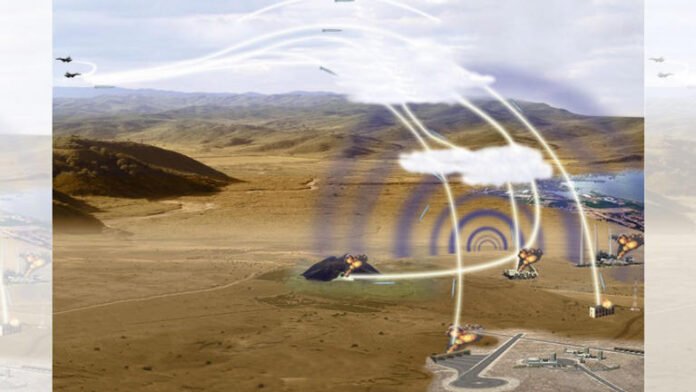India’s defense capabilities have taken a significant leap forward with the successful test flight of ‘ROCKS,’ the nation’s first air-launched quasi-ballistic missile. Developed indigenously by the Defence Research and Development Organisation (DRDO), ROCKS represents a groundbreaking achievement in India’s pursuit of advanced military technologies and strategic deterrence capabilities. As the country asserts its position as a formidable force on the global stage, the introduction of ROCKS heralds a new era in defense innovation and security preparedness.
ROCKS, which stands for ‘Rocket Offence Supersonic,’ is designed to be launched from fighter aircraft, providing the Indian Air Force (IAF) with enhanced operational flexibility and precision strike capabilities. The missile boasts several key features that distinguish it from conventional air-launched munitions, including its quasi-ballistic trajectory, supersonic speed, and advanced guidance systems. These attributes enable ROCKS to deliver devastatingly accurate strikes against a wide range of targets, including hardened bunkers, command centers, and high-value assets.
One of the most remarkable aspects of ROCKS is its quasi-ballistic flight profile, which combines the advantages of ballistic and cruise missiles. Unlike traditional ballistic missiles that follow a predictable trajectory, ROCKS is capable of maneuvering mid-flight, making it highly resistant to enemy defenses and interception attempts. This capability significantly enhances the missile’s survivability and effectiveness in contested airspace, ensuring that it can reach its intended target with precision and lethality.
ROCKS is also distinguished by its supersonic speed, which enables it to cover vast distances in a relatively short period. With a reported maximum speed of Mach 2.8, the missile can strike targets hundreds of kilometers away within minutes of launch, offering the IAF unprecedented reach and responsiveness. This rapid reaction capability is crucial in modern warfare scenarios, where the ability to swiftly neutralize emerging threats is paramount to mission success and force protection.
The guidance systems employed in ROCKS further enhance its accuracy and reliability, ensuring that it can navigate complex environments and hit targets with pinpoint precision. Equipped with advanced inertial navigation and satellite guidance technologies, the missile can autonomously adjust its trajectory and course corrections, compensating for external factors such as wind resistance and target movement. This level of sophistication minimizes the risk of collateral damage and maximizes the likelihood of mission success, even in adverse conditions.
The development and successful test flight of ROCKS represent a significant milestone in India’s quest for self-reliance in defense production and technological innovation. By leveraging indigenous expertise and capabilities, the DRDO has demonstrated the country’s ability to develop cutting-edge military hardware tailored to its strategic requirements. Moreover, the introduction of ROCKS reinforces India’s status as a responsible nuclear power committed to maintaining credible deterrence and ensuring regional stability.
From a strategic standpoint, ROCKS enhances India’s ability to project power and deter potential adversaries, bolstering its national security posture and defense preparedness. The missile’s versatility and lethality make it a potent tool for preemptive strikes, counter-force operations, and strategic coercion, providing decision-makers with greater options for responding to evolving security challenges. As geopolitical dynamics continue to evolve in the Indo-Pacific region, the introduction of advanced weapons systems like ROCKS strengthens India’s position as a key player in shaping the regional security architecture.
Looking ahead, the successful integration and operationalization of ROCKS within the IAF’s arsenal will require comprehensive training, logistics support, and interoperability with existing platforms and systems. Close coordination between the DRDO, the armed forces, and the defense industry will be essential to ensure the seamless deployment and sustained readiness of the missile in real-world scenarios. Additionally, ongoing research and development efforts will be needed to enhance the performance and capabilities of ROCKS, keeping pace with technological advancements and emerging threats.
In addition, India’s achievement in developing and testing ROCKS marks a significant milestone in the nation’s quest for strategic autonomy and military modernization. As the country continues to assert its position as a leading power in the global arena, the introduction of advanced weapons systems like ROCKS underscores its commitment to safeguarding national interests and maintaining regional stability. With its formidable capabilities and technological sophistication, ROCKS represents a force multiplier for the Indian armed forces, empowering them to defend the nation’s sovereignty and uphold peace and security in the years to come.

